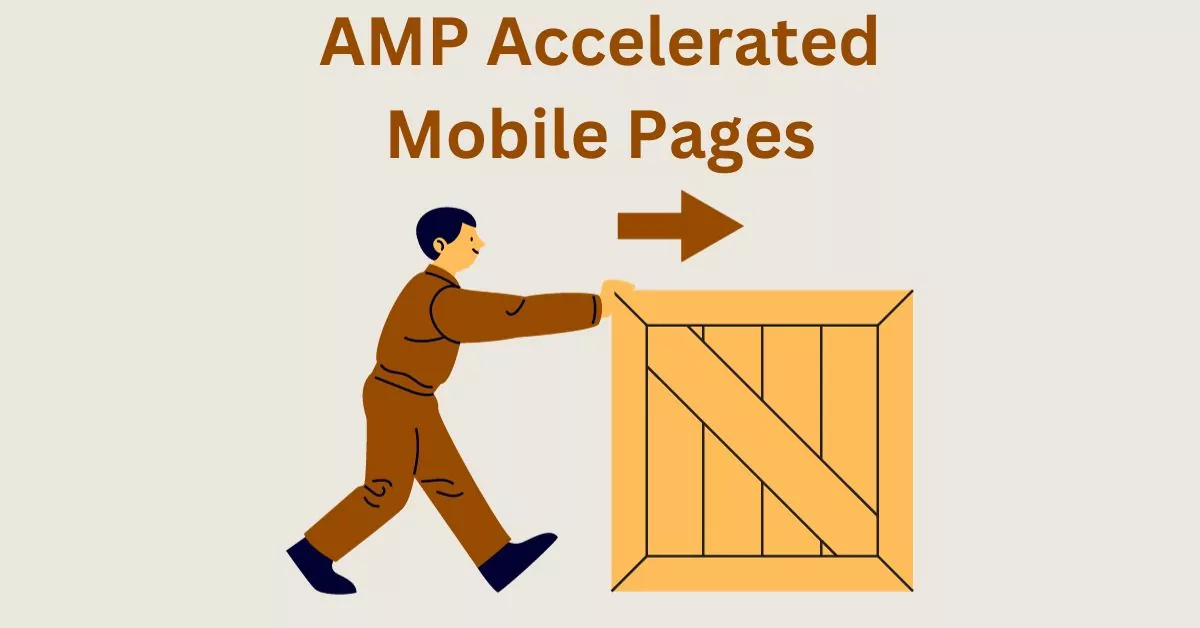What is AMP in WordPress and Why do You Need It
Estimated reading time: 4 minutes
Last updated on May 21st, 2024 at 07:13 am
Okay, imagine you want to read a article on your phone, and it takes forever to load. Frustrating, right?
Here’s the deal: AMP is like a magic wand for websites, making them load super fast on mobile devices.
Research shows that AMP pages load about 85% faster than standard mobile pages.
So, when you click on an AMP link, it’s like teleporting to the information you want, almost instantly.
What exactly is AMP (Accelerated Mobile Pages)?
AMP is like a superhero for websites. It stands for Accelerated Mobile Pages.
Imagine you have a magical book that opens instantly, with pages that load at lightning speed.
That’s what AMP does for websites.
It’s a technology that makes web pages load super fast, especially on mobile devices.
Why AMP is Important for WordPress Websites?
Picture this: You’re in a crowded market, and you want people to notice your stall.
AMP is like having a spotlight on your WordPress website.
It’s essential because 53% of mobile users abandon sites that take more than 3 seconds to load.
With AMP, your WordPress site becomes a speedy ninja, ensuring visitors stick around.
Google also loves AMP, and it’s a factor in mobile search rankings.
So, if you want your WordPress site to be a star in the online marketplace, AMP is your spotlight.
How Does AMP Work in WordPress?
Think of WordPress as your website’s home. AMP in WordPress is like giving your home a turbo boost.
It takes your regular web pages and trims them down, making them super lightweight and quick to load.
Did you know that AMP can reduce page load times by 15% to 85%?
It’s like giving your visitors a shortcut to the information they want without making them wait.
Before implementing AMP, I can tell you honestly that it is not the best solution.
You can lose a lot of customization options after AMP.
So, before starting I recommend checking Cloudways Hosting for better performance and fast loading times.
And if possible mix it with Themify Ultra Theme to get perfect 100 scores in page speed tools.
Implementing AMP in WordPress: Step-by-Step Guide
Step 1: Install and Activate an AMP Plugin
- Go to your WordPress dashboard and navigate to “Plugins” > “Add New.”
- Search for an AMP plugin, such as “AMP for WP” or “AMP,” and click “Install Now.”
- After installation, click “Activate” to enable the plugin.
Step 2: Configure the AMP Settings
- Once the plugin is activated, locate the new “AMP” tab in your WordPress dashboard.
- Configure the AMP settings according to your preferences. These settings may include design options, social media integration, analytics, and more.
Step 3: Validate and Test Your AMP Pages
- Create or edit a post or page on your WordPress website.
- To preview the AMP version, append “/amp/” at the end of the URL (e.g., example.com/post-title/amp/).
- Use the AMP Validator tool (available at validator.ampproject.org) to check for any errors in your AMP pages and resolve them.
Step 4: Submit Your AMP Pages to Google
- Once you have validated your AMP pages, submit them to Google for indexing and inclusion in the AMP cache.
- Register your website with Google Search Console (if you haven’t already).
- Use the “URL Inspection” tool to request indexing for your AMP pages.
Common Misconceptions
Sometimes people think AMP means sacrificing style or features.
But here’s the truth: AMP is like a sleek sports car that still looks cool and has all the essential features.
Another misconception is that AMP is only for news sites. Nope, it works for all kinds of websites.
Over 40 million domains worldwide use AMP. It’s like a trusted tool for websites to shine in the fast-paced online world.
AMP and SEO: Understanding the Connection
Imagine you’re in a race, and your website needs to be the fastest to win.
That’s where AMP and SEO connect. Google loves speedy sites, and it rewards them with higher rankings.
In fact, sites using AMP can see a 10% increase in search engine visibility.
So, think of AMP as the secret sauce that helps your website not just keep up but race ahead in the online competition.
Wrapping Up
Implementing Accelerated Mobile Pages (AMP) in WordPress can significantly boost the mobile browsing experience for your website visitors.
AMP prioritises speed and mobile optimization so that your content loads quickly and efficiently on smartphones and other mobile devices.
This not only improves user satisfaction but can also lead to higher search engine rankings, increased traffic, and better overall performance for your WordPress site.
As mobile usage continues to grow, integrating AMP into your WordPress strategy is a valuable step toward providing a seamless and responsive browsing experience for your audience.
